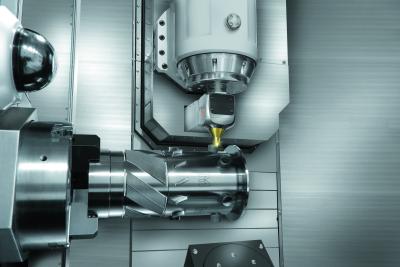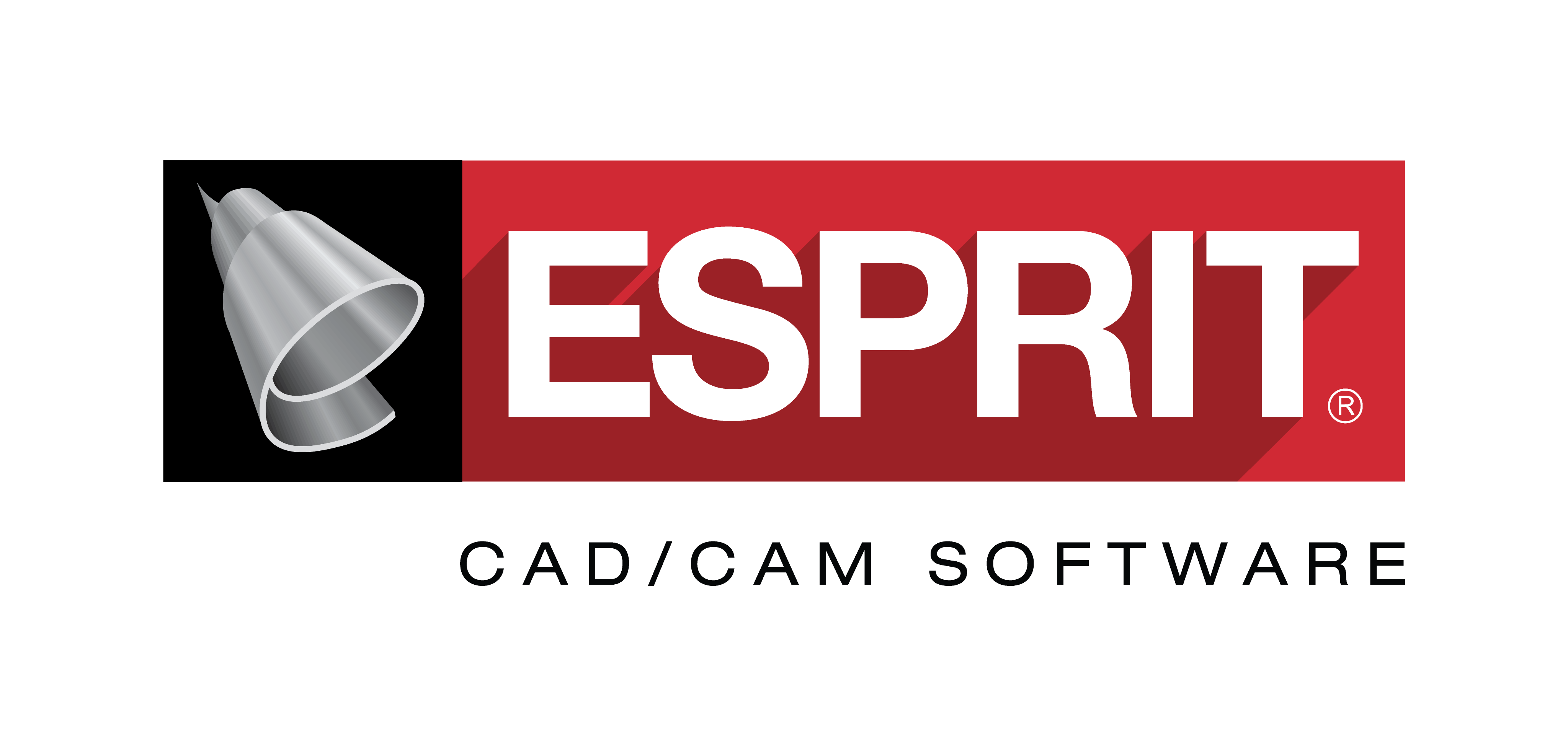
DP Technology today announced the world premiere of the ESPRIT Additive Suite—a comprehensive 3D printing solution that delivers high levels of efficiency and accuracy, while simplifying the time-consuming additive manufacturing process into a few easy steps. The ESPRIT Additive Suite delivers machine-optimized job files and complete control of the additive manufacturing process for both direct metal deposition machines and 3D powder bed fusion systems.
“This decade has been characterized by the widespread, mainstream use of 5-axis machining processes, but we are about to enter the decade of additive: within 10 years, we anticipate that 10 percent of machines will have additive capabilities,” says Chuck Mathews, chief technology officer and executive vice president at DP Technology. “We are redefining the meaning of ‘full-spectrum’ with the ESPRIT Additive Suite, which provides a new workflow and new process for a new class of machines, both additive and hybrid.”
For hybrid machine tools — CNC machines with additive capabilities — the ESPRIT Additive app for direct metal deposition offers integrated programming and simulation for multitasking, multifunction, multichannel additive and subtractive machine tools, all integrated within the ESPRIT CAM system. Features of the ESPRIT Additive Suite for direct metal deposition tools include:
♦ Specialized trajectories for additive processes and full-spectrum toolpaths for subtractive processes
♦ Simulation and verification for both additive and subtractive processes
♦ Universal post processing for any CNC machine tool
The ESPRIT Additive app for 3D powder bed fusion systems is a versatile printer driver that supports the full process of additive manufacturing, from orienting the part and creating supports, to optimizing the build, slicing and nesting, to generating a job file. Features of the ESPRIT Additive app for 3D powder bed fusion systems include:
♦ A new Part-to-Build workflow: To manufacture a part, a 3D CAD file is combined with manufacturing information and converted into a job file containing all the information necessary to build a part on a specific machine. The ESPRIT Part-to-Build workflow — essentially a portable, reusable print driver — allows an
intermediary Part-to-Build file to be created and reused in other job files without redefining the manufacturing information. This creates traceability, saves time and improves consistency.
♦ Knowledge Management enables interactive problem-solving and ongoing knowledge sharing with other members of the manufacturing community — fostering process improvement and enhanced decision-making through the use of automated rules and best practices.
♦ An additive process control app allows seamless information sharing among multiple users within a company. The app stores information including original 3D CAD files, Part-to-Build files and job files, as well as post-build information, such as user comments, build results and machine log files.
♦ Thermal simulation of the build process to foresee potential part distortion
♦ Optimized nesting for multipart builds
Both the ESPRIT Additive Suite apps for direct metal deposition machines and 3D powder bed systems feature the ability to work directly with native 3D CAD files. And, like ESPRIT CAM systems, the Additive Suite is backed by full-time support from ESPRIT-certified application engineers.
Contact Details
Related Glossary Terms
- chuck
chuck
Workholding device that affixes to a mill, lathe or drill-press spindle. It holds a tool or workpiece by one end, allowing it to be rotated. May also be fitted to the machine table to hold a workpiece. Two or more adjustable jaws actually hold the tool or part. May be actuated manually, pneumatically, hydraulically or electrically. See collet.
- computer numerical control ( CNC)
computer numerical control ( CNC)
Microprocessor-based controller dedicated to a machine tool that permits the creation or modification of parts. Programmed numerical control activates the machine’s servos and spindle drives and controls the various machining operations. See DNC, direct numerical control; NC, numerical control.
- computer-aided design ( CAD)
computer-aided design ( CAD)
Product-design functions performed with the help of computers and special software.
- computer-aided manufacturing ( CAM)
computer-aided manufacturing ( CAM)
Use of computers to control machining and manufacturing processes.
- lapping compound( powder)
lapping compound( powder)
Light, abrasive material used for finishing a surface.
- process control
process control
Method of monitoring a process. Relates to electronic hardware and instrumentation used in automated process control. See in-process gaging, inspection; SPC, statistical process control.

